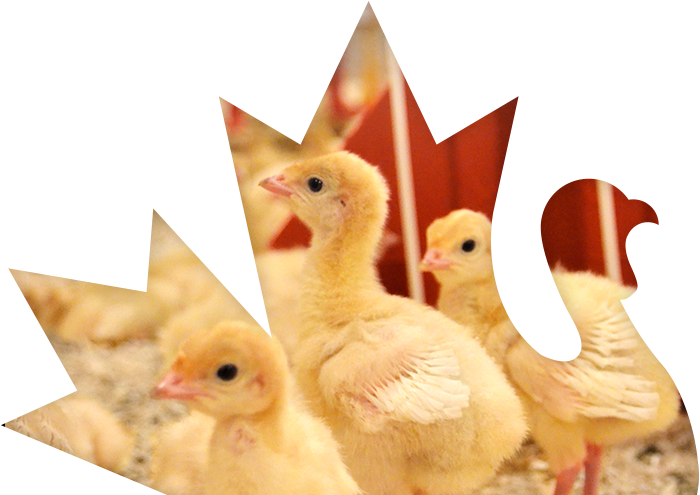Supply management is a unique Canadian approach to agricultural production that benefits consumers, processors and the economy, while ensuring fair returns for Canadian turkey farmers.
Turkey farmers work together under supply management to match what they grow with what consumers need and want. The industry is able to prevent surpluses or shortages in the market by planning production, ensuring Canadian consumers have access to a reliable supply of high quality Canadian turkey products at reasonable prices, year-round.
The stability provided by supply management allows turkey farmers to earn fair returns from the marketplace, without having to rely on subsidies or taxpayer dollars. As a result, Canadian turkey farmers can reinvest in their farms, upgrade their operations and support communities across Canada.
The Pillars of Supply Management
Supply management relies on three critical and equally important pillars to work effectively and efficiently. If one pillar is weakened, supply management as a whole is weakened.
Production Planning
Turkey farmers plan their production to produce a steady supply of quality food that efficiently meets changes in consumer demand. This prevents sudden price shifts as products move from farm to plate. Quotas for the amount of turkey grown are administered by regulation at a provincial and national level.
Import Control
Farmers need to know how much turkey is being imported, so they can plan their production to meet Canada’s needs without creating a surplus. The Canadian Government, through various trade agreements, has committed to managing the volume of imports allowed into Canada. This is accomplished using a two-tier tariff regime called a Tariff Rate Quota (TRQ). Imports within the quota enter the country tariff-free, while a higher (over-quota) tariff rate is used to discourage and prevent imports above the pre-determined level.
Producer Pricing
In Canada, farmers in each province collectively negotiate minimum farm-gate prices for turkey with processors through their Provincial Marketing Board. Prices are based on production costs (feed and poult primarily) and market conditions, including consumer demand, turkey meat inventories (how much turkey meat is on hand in the marketplace) and prices for competing meats.
This orderly marketing system is funded by a levy that is paid by the turkey farmers on each kilogram of turkey they market.
Fact Check
Supply Management
Some critics assert that managing supply has a direct impact on retail prices, resulting in higher prices for Canadian consumers versus their U.S. counterparts. In reality, retail prices for all food commodities vary over time and, at times, will be lower or higher in Canada relative to the U.S.
Case in point: The average annual retail price for whole frozen turkeys in Canada from 2004 to 2018 was $2.91 per kg, vs. $3.57 per kg in the United States (all data in Canadian currency). This doesn’t mean that turkey prices were always lower in Canada, but it does mean that Canadians paid, on average, 22% less over time for the same turkey product than their U.S. counterparts.
Sources: Ipsos, Bureau of Labour Statistics (2018).
 Skip to main content
Skip to main content
